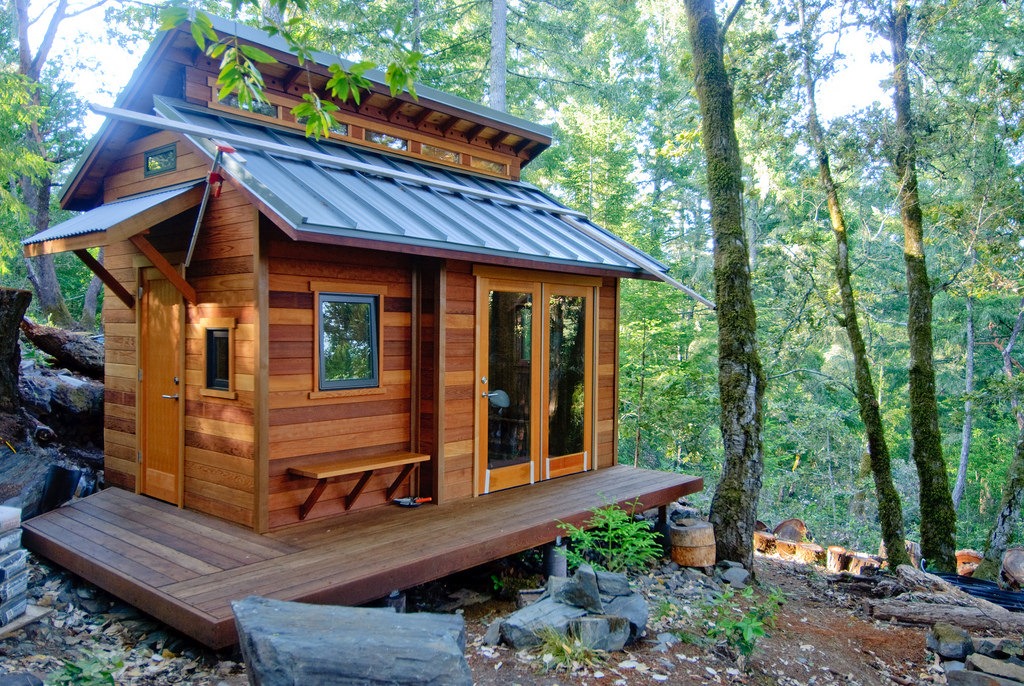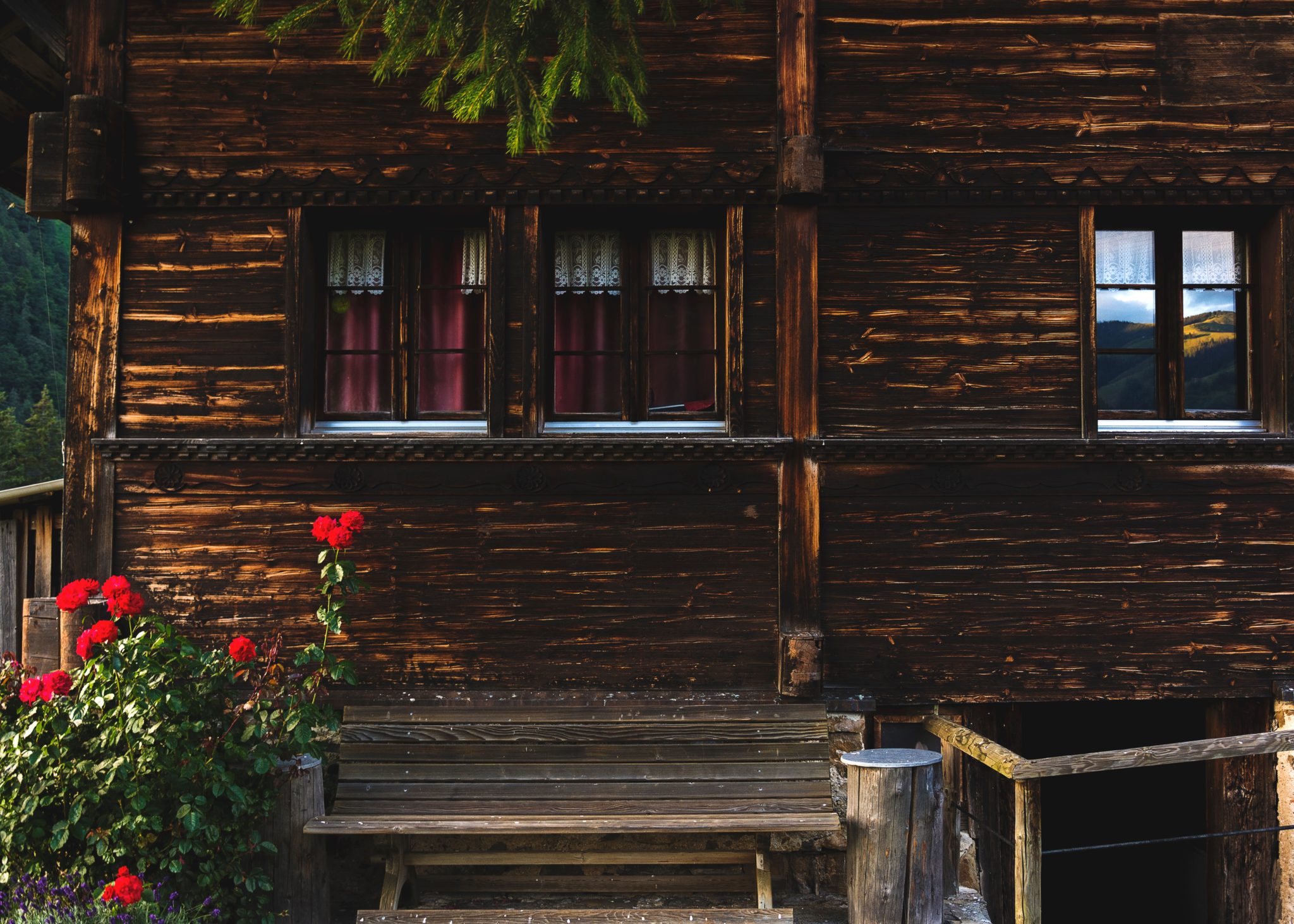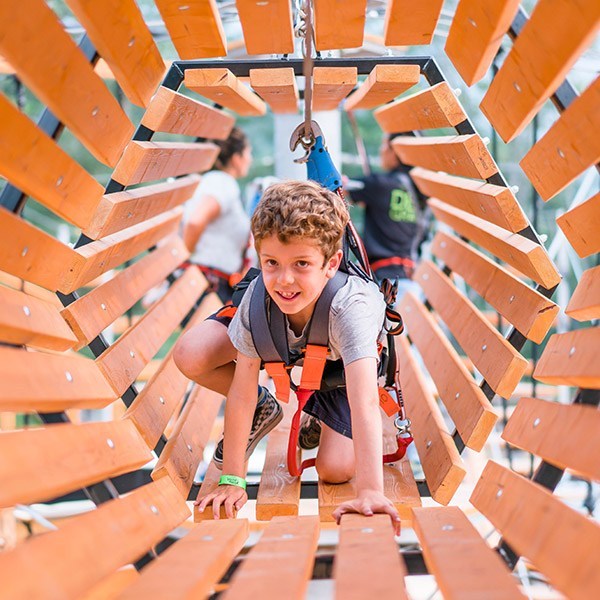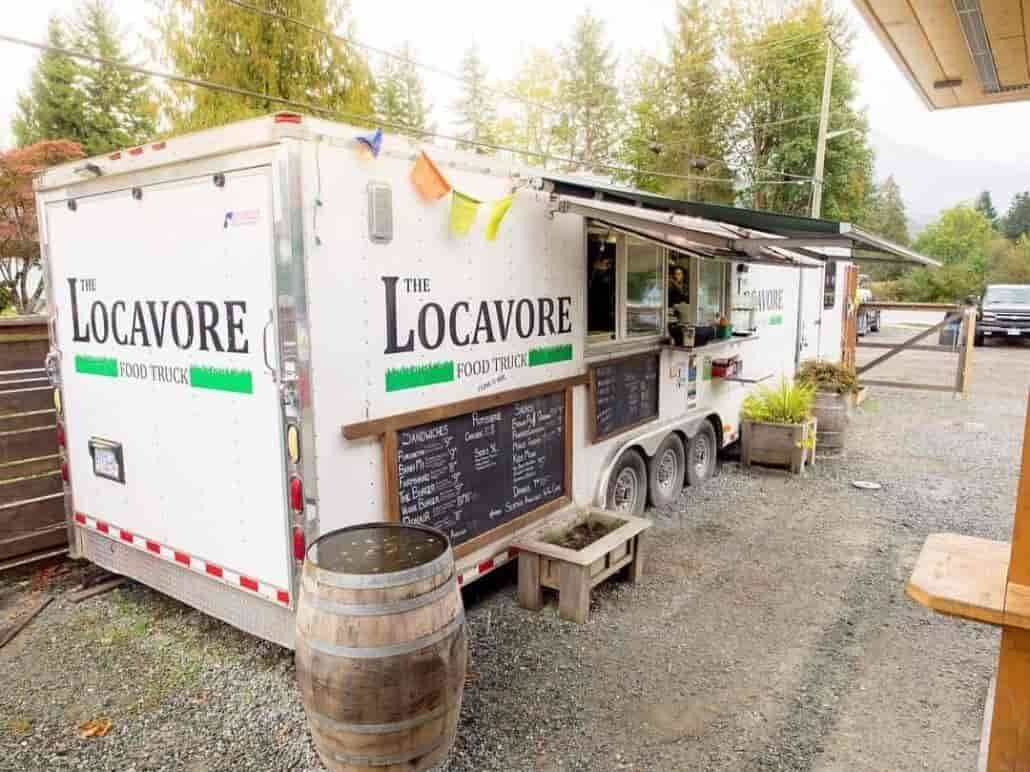Small Home Movement – Squamish
Looking around your home, at some point, you might realize you’ve collected a lot of things you don’t use or even need. This trend has led many peo
ple to downsize or even build new, small homes or tiny homes. These efficient, minimalistic spaces save money and energy. Although still a relatively small movement, small homes are popping up in Squamish in increasing numbers.
Since 2013, the price of housing has nearly doubled with the average price per square foot in the $400-range. According to the Vancouver Sun, over the last year, high demand for housing has driven prices up. A detached, single-family home rose 13.5 percent in 2015 and those prices are still rising.
With such a high cost of living, it’s no wonder creative alternatives like tiny homes are becoming more appealing in Squamish.
Benefits of Small Living
Packing your belongings into less than 500 square feet might seem like a strange idea at first. Society is driven by consumption, and what’s bigger is often depicted as better. However, locals are finding that’s not necessarily the case. There are numerous advantages to small living.
Affordable alternative
Since most tiny homes aren’t bigger than 500 square feet, it makes sense they’d be less expensive. It’s a no-brainer – fewer square feet translates to lower prices anywhere. That’s not the only reason these houses are cheaper, though.
- Lower monthly bills – less space means it takes less to heat or cool your house. Say goodbye to high winter heating bills. You may even save on other utilities, too.
- Cheap to build and customize – most people design and build their own small homes. Depending on the materials you use, whether you build the house yourself, and its size, prices can range from a low of about $8,000 to $50,000 on the high end.
- Low (or now) rent or mortgage – since many people build their own homes, they don’t have to worry about paying a mortgage. If you own your own land, you don’t have to pay rent, either. However, those who do rent land usually pay just a little over $100 a month.
Life is simpler with less
It’s not all about money, though. Small homes have other perks as well. A key advantage? Simplicity.
- Less clutter – have you looked in your attic lately? Most people end up collecting a lot of things over the years. These “things” just lie around, forgotten, cluttering up your life and causing stress. Small housing helps you downsize and simplify your belongings and life in general.
- Low maintenance – the bigger the house the more maintenance it needs. With so little space, tiny houses are a breeze to clean.
- Never move again – if you need to relocate, moving is easy. You won’t have to pack up or rent a moving truck. Just take your home with you wherever you go.
- Focus on what’s important – tiny houses help people focus on the most important things in life – people and experiences, instead of things. Tiny houses actually encourage more interaction between family members by removing the physical space between them that big houses create.
Freedom to Spend on what Really Matters – Experiences and Adventures!
Many fill their lives with objects, thinking it will make them happier. However, as the saying goes, money can’t buy happiness. Downsizing to a small home might mean fewer things to some extent, but it also means more freedom to do the things and have the experiences that will really make you happy.
- Travel with your home – since most tiny homes are mobile, built on trailers, you can bring your home with you on vacation. You won’t have to pay for hotels and you’ll be able to have all the comforts of home with you.
- Invest the money you’ve saved elsewhere – since you won’t have to worry about mortgages, high bills or rent, you can set money aside to do the things you love.
Challenges of small living
Despite the benefits, there are some undeniable challenges. One or two people can fit cozily into a small home and find space for their things – but what about families? Another issue that often comes up is location. Where should you put your home?
Storage for toys
Minimalism is a relatively new concept, one that can work nicely for adults. However, kids add another challenge into the mix. You don’t want to downsize at the expense of your children and their entertainment. This means you might have to get a bit creative when it comes to storage for toys and other knick knacks your kids tend to collect.
- Make seats into extra storage space – instead of using regular chairs and benches, take the time to select and create seats that have hidden storage room.
- Create wall art with everyday objects – utilize wall space by placing hooks on the walls to hang up fun toys. It will add a fun and childish aesthetic to your children’s room and reduce clutter.
- Lift the bed up a bit to store more toys – you can add a lot of storage room simply by lifting beds a foot or two and using bins, boxes, or building them into the bed for storage.

Navigating space with a family
No matter how much you love your family, everyone needs a little alone time every now and then. However, with such little space, finding peace and quiet isn’t always easy. Most noise travels easily through the house and the kitchen and living spaces tend to be connected. With few barriers, navigating space to meet your emotional and physical needs requires planning.
- Invest in noise canceling headphones – children bring so much joy, but they also bring a lot of noise. In a small home, there’s no good way to block out the sound. To quietly meditate, focus on a project, or read a book, use noise canceling headphones.
- Build in space for privacy – you don’t need a mansion to find a little alone time. Creating rooms with sliding doors is the easiest way to distance yourself for a bit if you need to be alone. Give your children separate rooms with enough floor space to play.
- Make a plan ahead of time – talk with your partner and children to establish times or zones in your house for specific activities. Maybe one corner in the living room is just for reading. If you or your children have a hobby, make a schedule so everyone has enough space and time to fulfill their goals.
In the end, small spaces mean more opportunities for contact and building connections with your family. Although there might be some tension, small spaces might actually help some families work through them instead of avoiding them. This means your family will be closer, not just physically, but emotionally, too.

Finding the right location
Most tiny homes are mobile, and not set into the ground. This may leave you wondering what exactly your home classifies as. Is it an RV or a mobile home or something else? Knowing where you can legally put your home and the regulations surrounding it may be one of the biggest challenges to sort out.
- Buy and rezone your own land – it’s possible to place your tiny house on your own plot of land. However, most districts, including Squamish have minimum restrictions for building size. In order to make sure your tiny home actually qualifies for a house, you need to meet certain requirements. Contact your district city planners before embarking on your project.
- Live in an RV or mobile home park – many tiny homes qualify as RVs or mobile homes. This will allow you to live in an RV or mobile home park.
- Rent a plot of land – another option is to simply park your tiny home on someone else’s property and pay rent or exchange the land for services. This can help you feel part of a community and may be cheaper than buying your own land or becoming part of a mobile home park.
Getting a small home may seem like a big step. For some, it may even be a drastic change. While there are many things to consider before you start planning, for those committed to minimalistic lifestyles, the benefits of small homes outweigh the risk.










Leave a Reply
Want to join the discussion?Feel free to contribute!